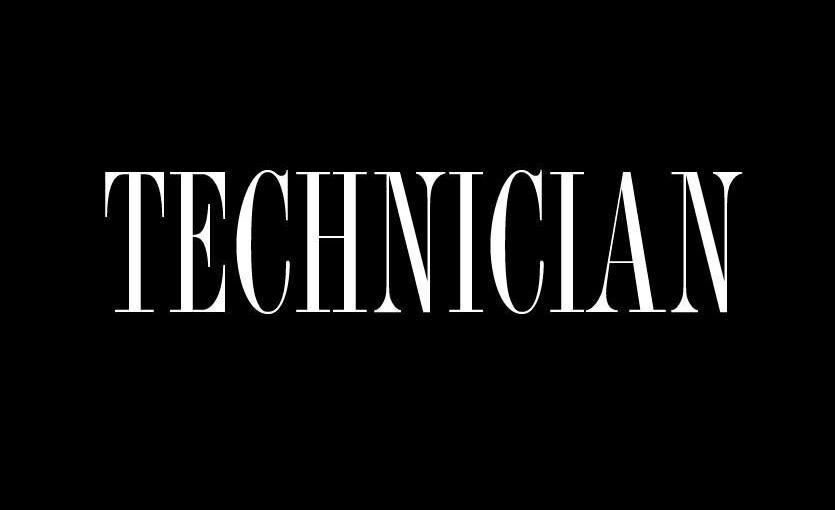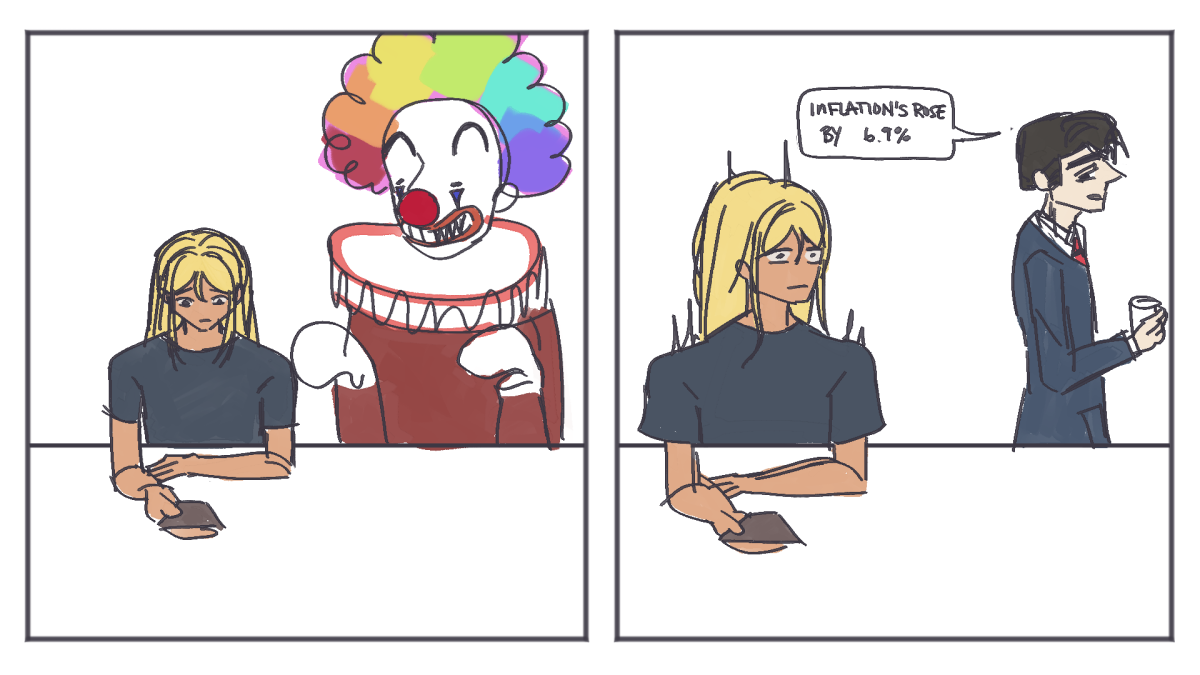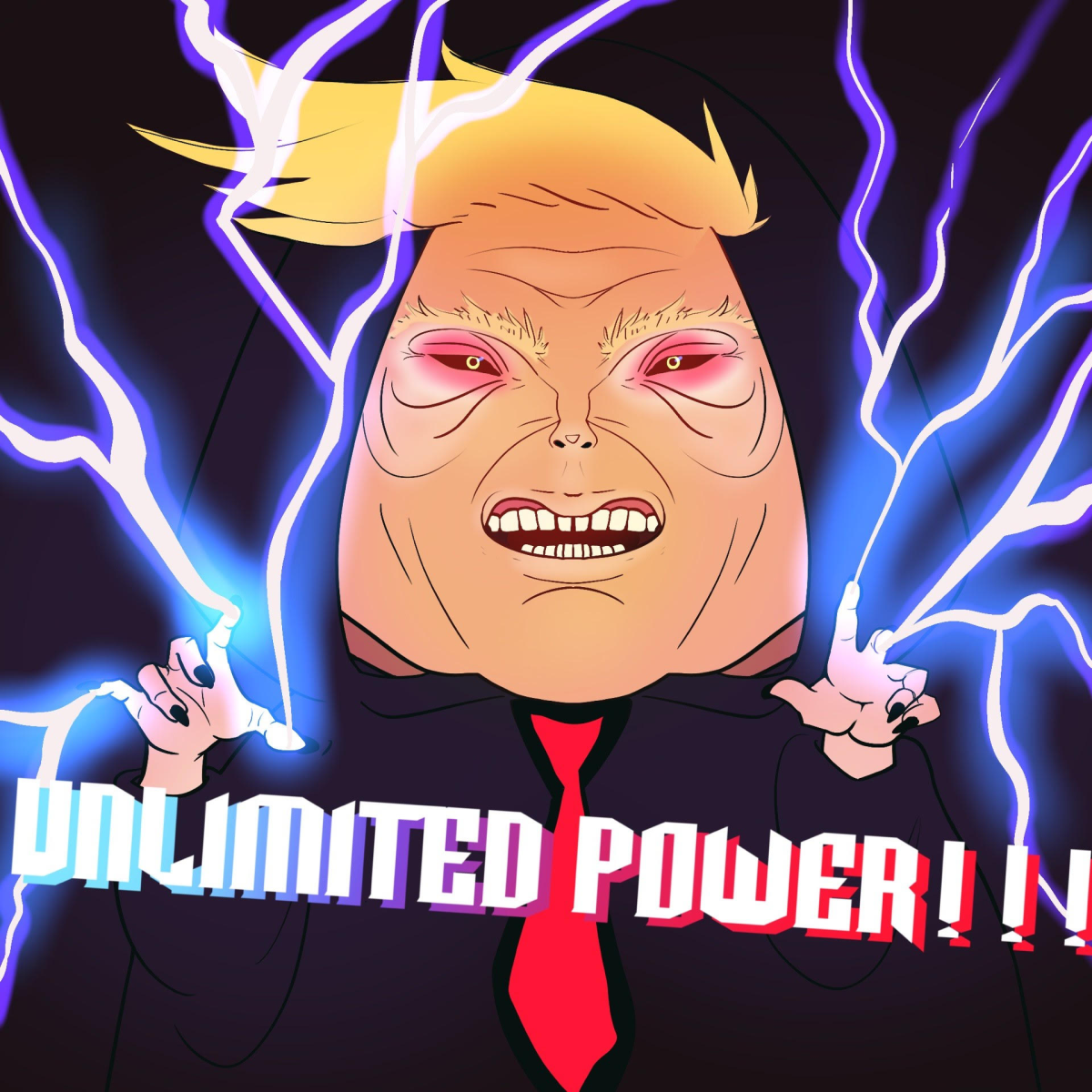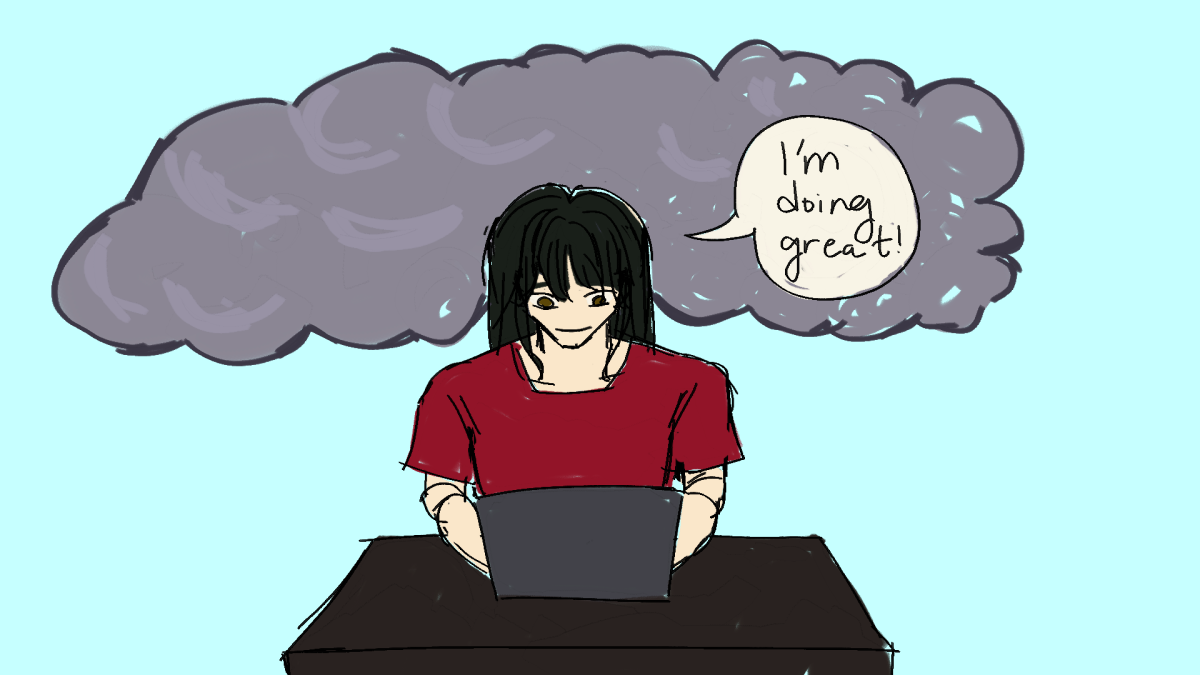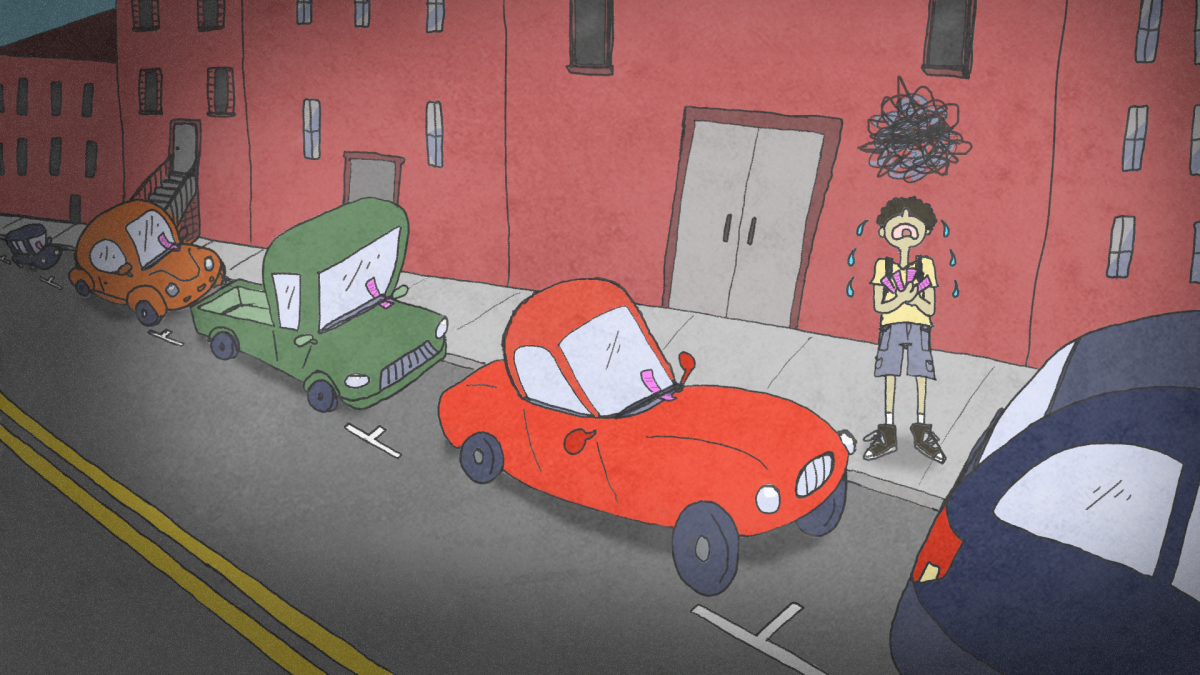Every Halloween, there’s always that one person who feels the need to remind you that the holiday is “just a cash grab” and “another scheme to line the pockets of Big Candy.” They point to aisles lined with individually wrapped goodies, cheap plastic costumes and pumpkins, all designed to take more of your hard-earned money.
That cynicism misses the point — Halloween may be a corporate scheme, but that undertaking has revived a rich tradition and placed it in modern contexts.
Like many other holidays, Halloween’s origins trace back to ritualistic practices in the Old World. The Celts wore costumes and lit bonfires to ward off evil spirits. Christianity, primarily Catholics, later adopted the practice, announcing Nov. 1 as All Saints Day and Oct. 31 as All Hallows’ Eve. When Pope Gregory III adopted the Celtic tradition and announced All Saints Day on Nov. 1, some Samhain traditions were absorbed, but they were largely supplemented by Christian vigils and prayers.
When the holiday reached America during the major wave of Irish immigration in the 19th century, it naturally took a different shape. Since the same time period, the U.S. has been a model of capitalist and corporate society. Halloween molded itself to fit that culture of commerce and consumption.
Today, Halloween has become a largely secular holiday celebrated by all. It’s clear that Halloween has evolved over time — and that evolution stems from its ability to adapt to the culture that adopts it.
Rather than seeing that as a corruption, it’s important to recognize that this happens to nearly all cultural practices.
We don’t celebrate Christmas the same as early Christians did and many multicultural foods have been curated to appeal broadly to the American palate. This isn’t disrespect; it’s adaptation, a way to make traditions more accessible to everyone.
Imagine what Halloween would look like if major chains didn’t sell costumes and candy at somewhat of an affordable price point. Many people wouldn’t have the time or resources to make their own costumes or prepare treats. Commercialization ensures that participation doesn’t depend on class or free time — it makes the holiday attainable.
Before corporatization, celebrating required leisure and labor that only the upper classes could afford. By commercializing Halloween, we democratized it, making it something everyone can enjoy.
Commercialization also fuels local economies and creativity. Americans spent $11.6 billion on Halloween in 2024, a figure expected to reach $13.1 billion this year, according to the National Retail Federation. That money doesn’t just go to big candy companies — it supports pumpkin patches, costume designers, haunted houses and seasonal events that employ people and bring communities together.
For one night each year, people from every background take part in the same ritual — opening their doors, handing out candy and pretending to be someone else. That shared participation is what gives the holiday its power. In a time when fewer traditions unite us, Halloween remains one that everyone can claim.
We can all agree that Halloween has become a corporate holiday — but that isn’t a problem. Commercialization doesn’t cheapen our traditions; it reflects the society we live in and ensures that everyone, regardless of background, can take part in the same collective joy.

